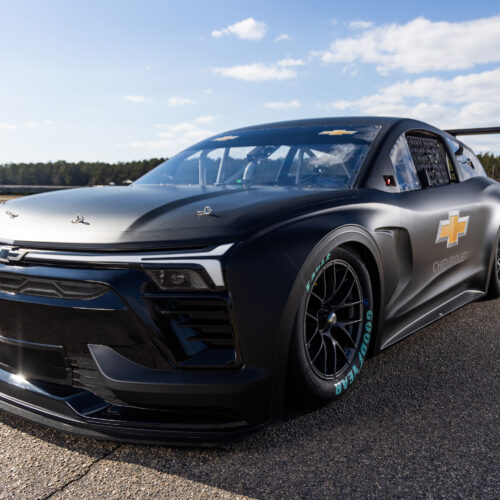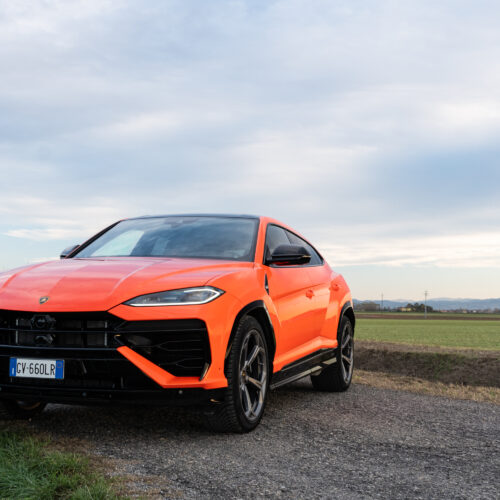NASCAR, IMSA, IndyCar, F1: GM’s motorsport boss explains why it goes racing

The late Richard Parry-Jones, who rose to CTO over at rival Ford, had a similar take: vehicle dynamics matter.
“There are people that think no one can tell the difference, you know, and I’ve always said they absolutely can tell the difference. They don’t know what it is. And the structural feel of the car going down the road, you know, people might explain, ‘It feels like a vault.’ Well, I can tell you exactly what’s going on, physically, from the parts and the tuning, and it’s an outcome that we strive for,” Morris said.
Does it need to be electrified?
The addition of electrified powertrains has certainly been one of the biggest trends in motorsport over the past decade or so. Since F1 made hybrids mandatory in 2014, we’ve also seen hybridization come to IMSA and WEC’s prototypes, and most recently, IndyCar added a supercapacitor-based system. But it hasn’t been a one-way street; this year, both the World Rally Championship and the British Touring Car Championship have abandoned the hybrid systems they adopted just a few years ago.
Win on Sunday, sell on Monday, like concrete tech transfer, is much less of a thing in the early 21st century, but marketing remains a central reason for OEM involvement in the sport. I asked Morris if Cadillac would be endurance racing with the V-Series R if the LMdh ruleset didn’t require a hybrid system.
“I think it’s an interesting discussion because you know, current EVs—the development [needed] where you can really do lapping at the Nürburgring or lapping full laps and not one hot lap, then you’re done, there’s just going to have to be development, development iteration, iteration, and that’s what racing is,” Morris said.
While the mechanical specifications of the hybrid Cadillac (and its rivals) are locked down, software development is unfettered, and Morris is not the first competitor to tell me how important that development path is now. Battery cell chemistries and battery cooling are also very active research areas and will only get more important once Cadillac enters F1. At first, that will be with Ferrari engines in the back, but starting in 2029, the Cadillac team will use a powertrain designed in-house.










